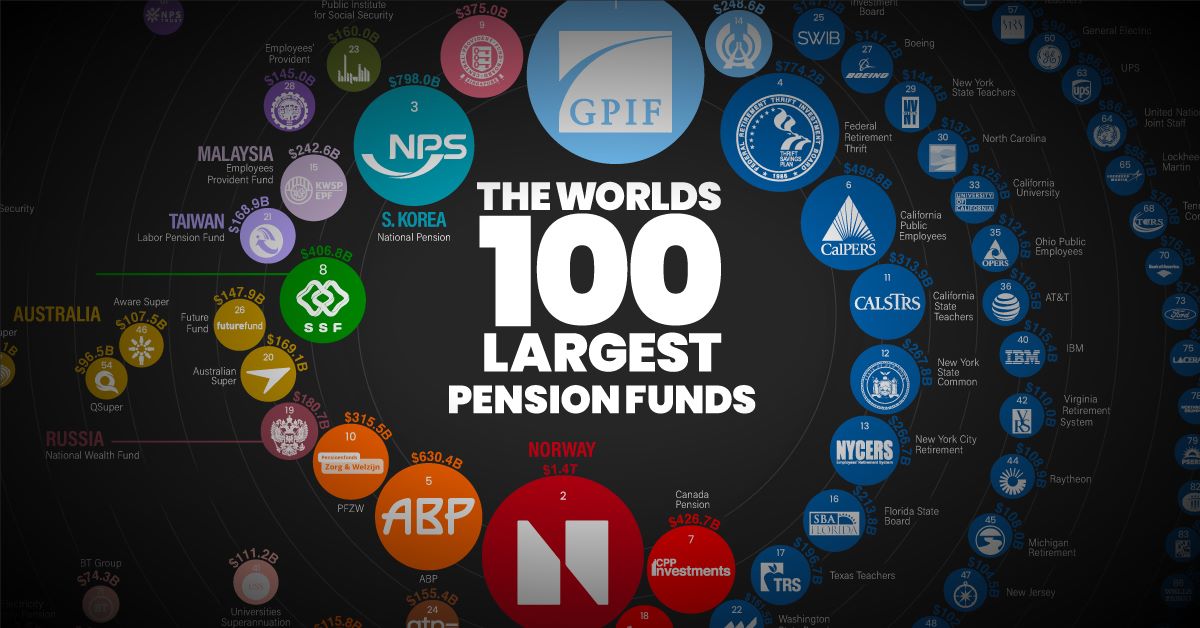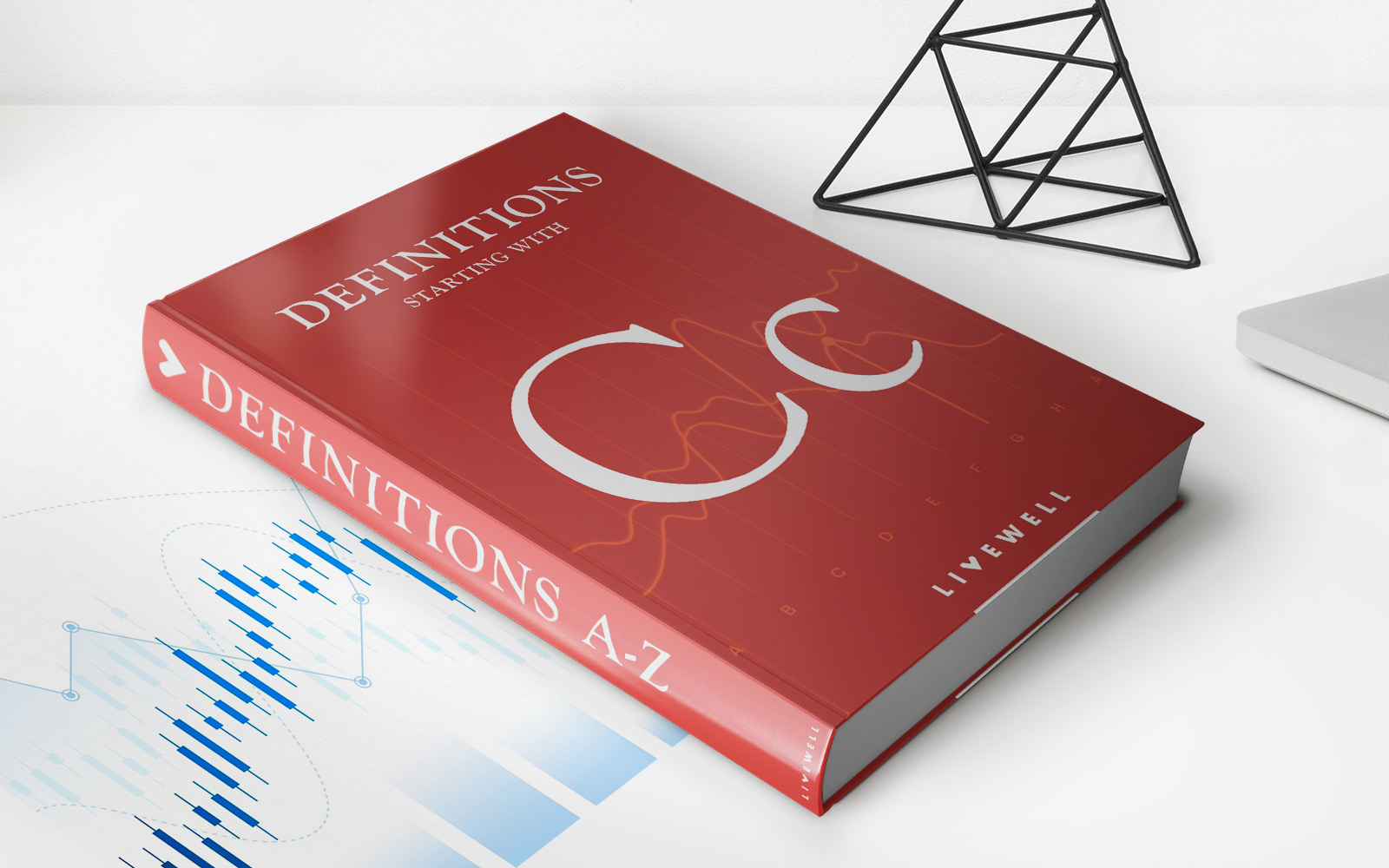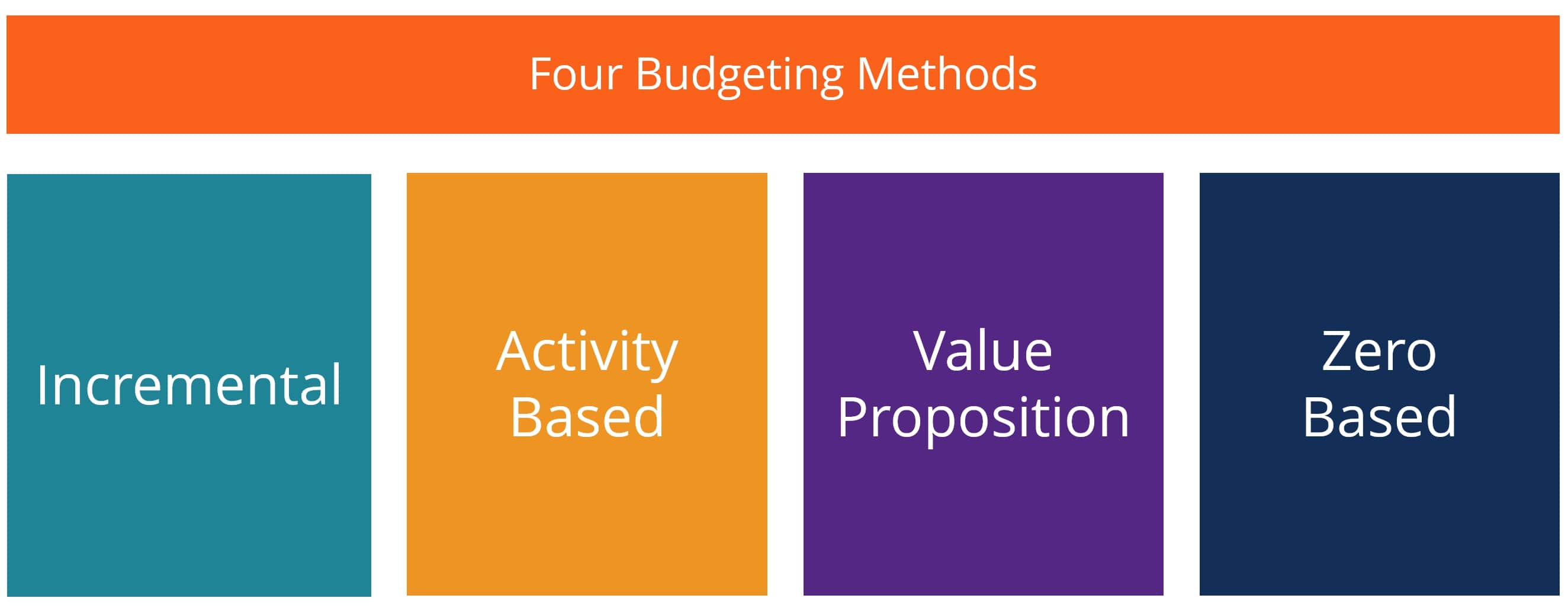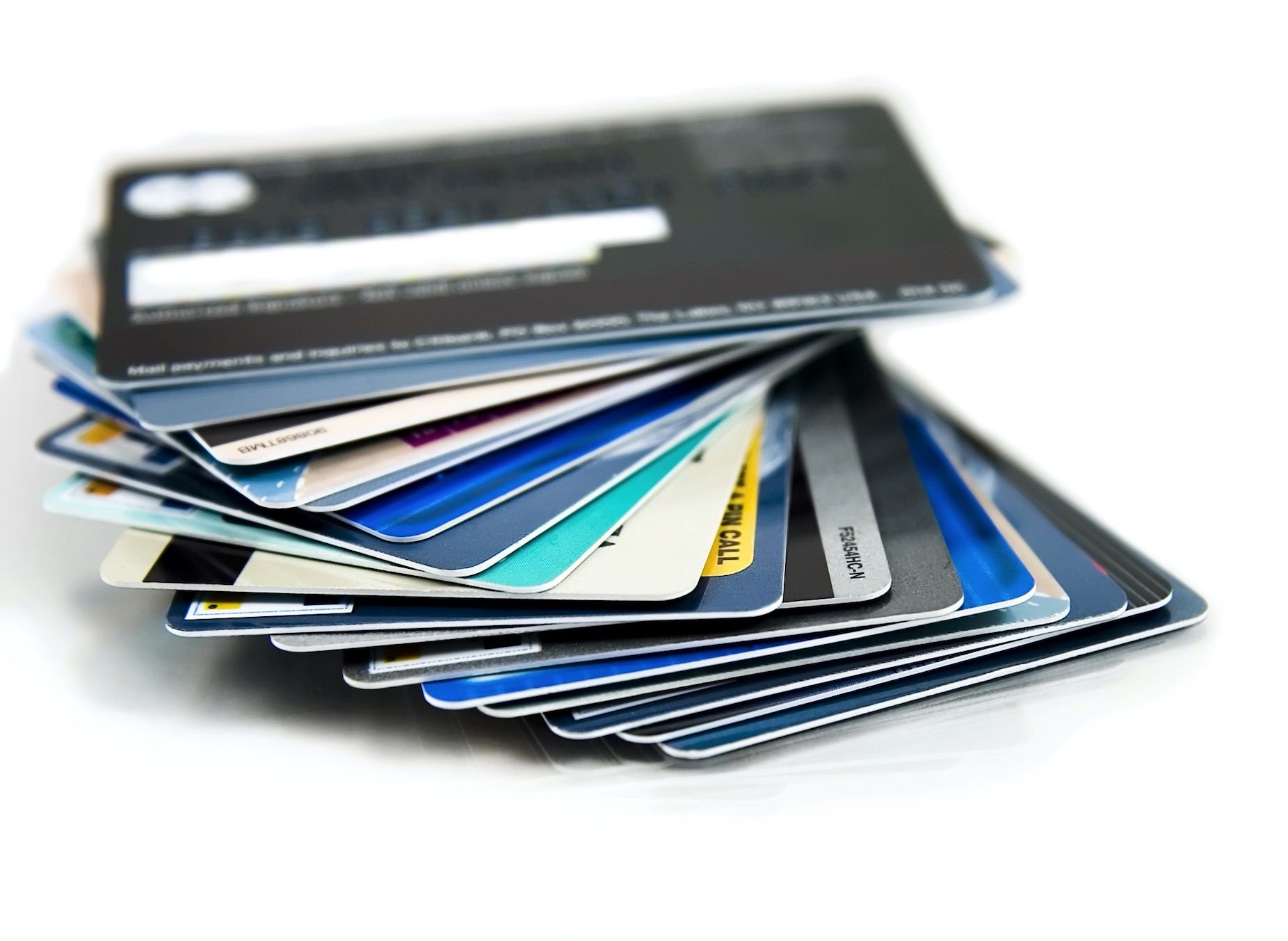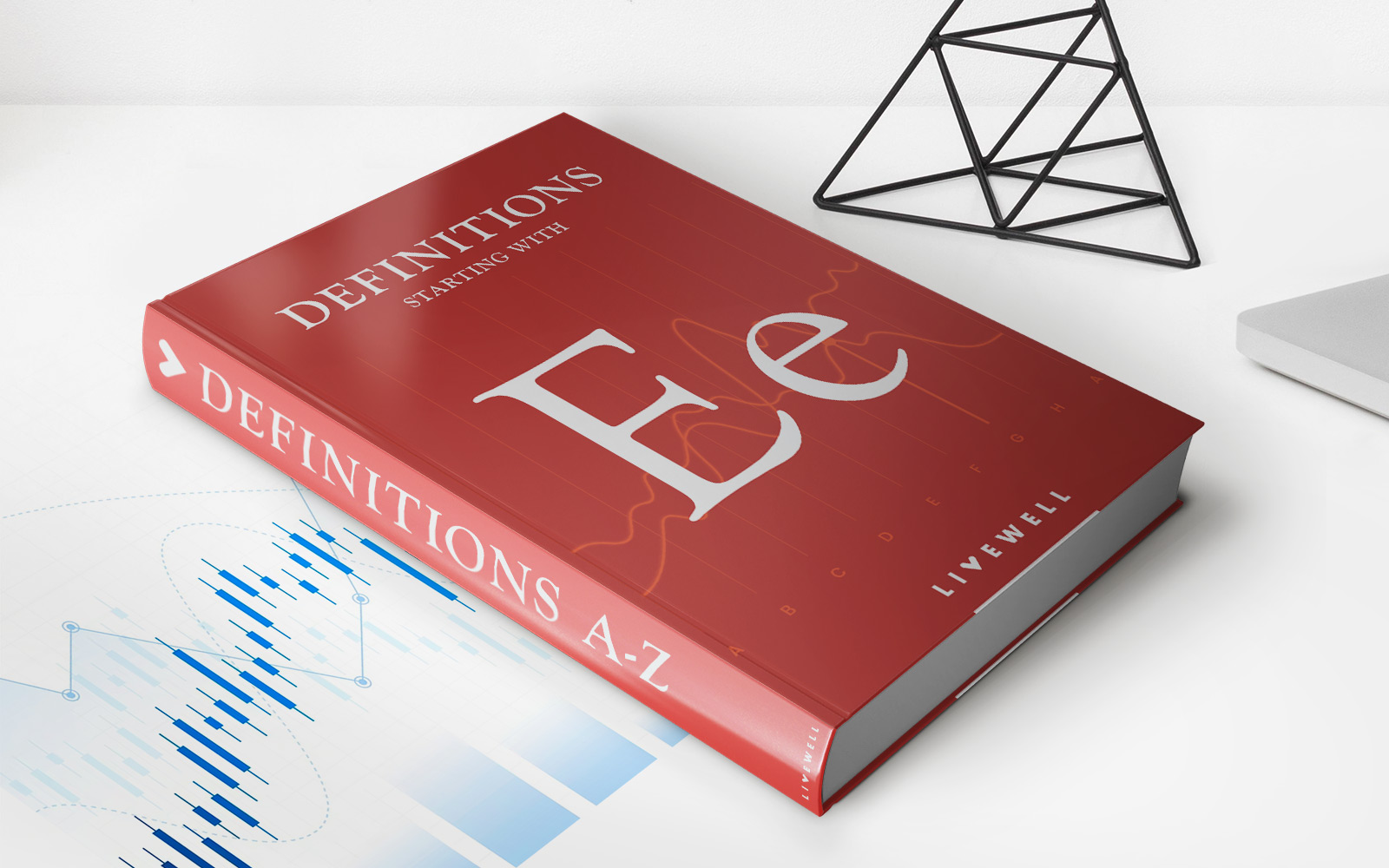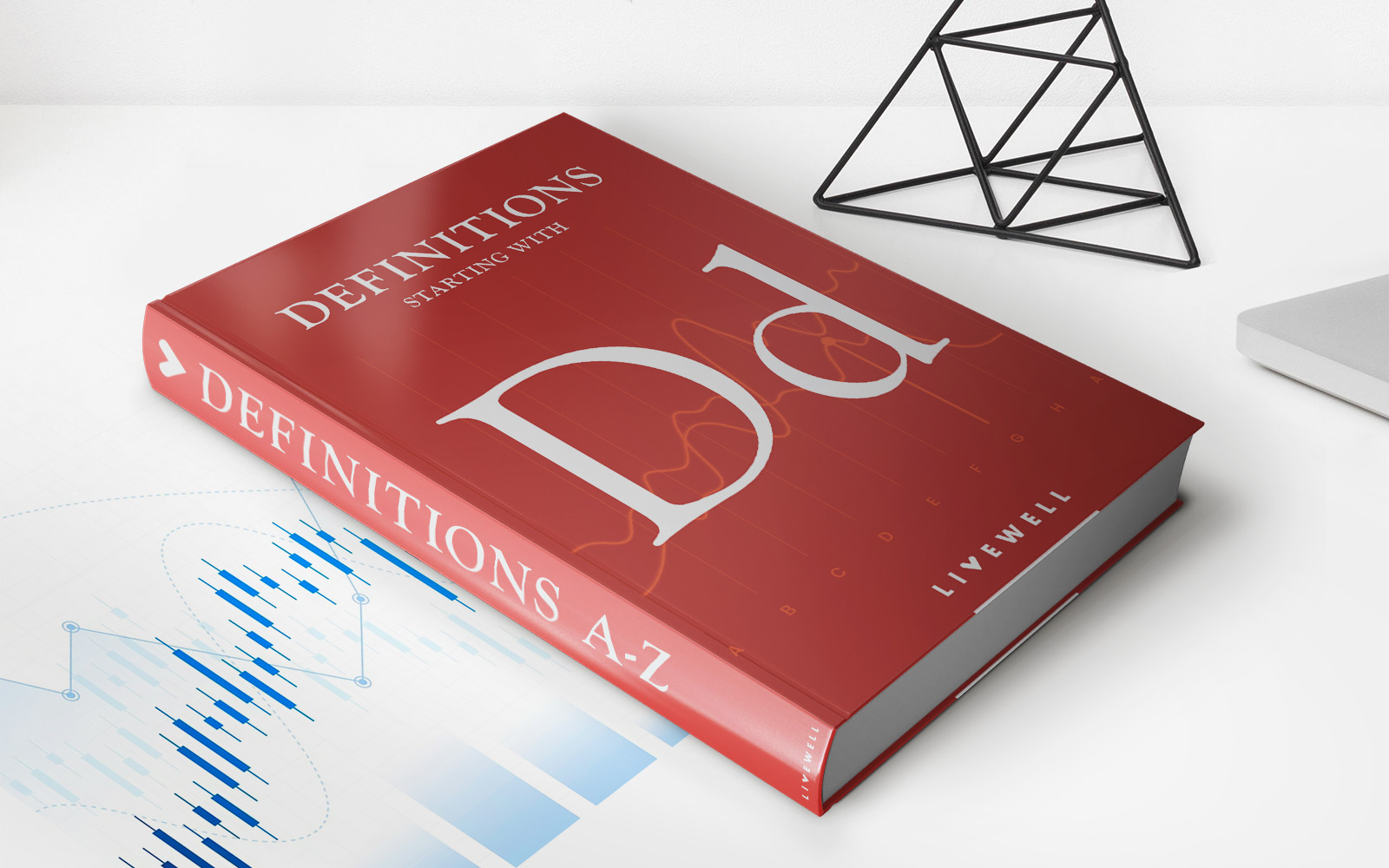Home>Finance>Which Type Of Credit Card Carries The Most Risk?


Finance
Which Type Of Credit Card Carries The Most Risk?
Modified: March 10, 2024
Discover the type of credit card that poses the greatest risk in the world of finance. Unveil the dangers and make informed decisions to protect your financial well-being.
(Many of the links in this article redirect to a specific reviewed product. Your purchase of these products through affiliate links helps to generate commission for LiveWell, at no extra cost. Learn more)
Table of Contents
Introduction
Welcome to the world of credit cards, where convenience and financial freedom go hand in hand. There’s no denying that credit cards have become an integral part of our modern lives, offering us the flexibility to make purchases without having to carry around wads of cash. However, as with any financial tool, there are risks involved, and not all credit cards are created equal when it comes to the level of risk they carry.
Understanding the different types of credit cards and the risks associated with them is crucial in making informed financial decisions. In this article, we will dive into the world of credit cards and explore the various factors that determine which type of credit card carries the most risk.
Before we delve into the details, let’s start with the basics. A credit card is a payment card issued by a financial institution that allows cardholders to borrow funds to make purchases. The cardholder can then repay the amount in full or in installments, depending on the terms and conditions of the card agreement.
There are several types of credit cards available in the market, each with its own set of features and benefits. Some common types include rewards cards, cashback cards, travel cards, and balance transfer cards. While these cards offer various perks, they also come with different risks that consumers need to be aware of.
In evaluating the risk factors associated with credit cards, there are several key elements to consider. These include interest rates, fees, credit limits, and the issuer’s policies and practices. Understanding how these factors impact the overall risk profile of a credit card is essential in choosing the right card for your financial needs.
In the following sections, we will delve deeper into the different types of credit cards and examine the risk factors associated with each. We will also discuss the factors that may increase the level of risk and explore ways to mitigate those risks. By the end of this article, you will have a clear understanding of which type of credit card carries the most risk and how to navigate the credit card landscape wisely.
Credit Card Basics
Before we explore the different types of credit cards and their associated risks, let’s start with the basics of how credit cards work. Understanding these fundamental concepts will provide a solid foundation for analyzing the risk factors of different credit cards.
When you use a credit card to make a purchase, you are essentially borrowing money from the credit card issuer to complete the transaction. The amount you borrow is added to your credit card balance, and you are required to repay it either in full by the due date or over a period of time, depending on the terms of your credit card agreement.
One of the key features of credit cards is the revolving credit line, which allows you to continually borrow and repay funds up to a certain credit limit. Unlike a loan, where you receive a lump sum upfront and make fixed monthly payments, a credit card provides you with the flexibility to borrow as needed and make minimum payments based on the outstanding balance.
However, it’s important to note that credit cards typically come with high-interest rates, especially if you carry a balance from month to month. This interest is charged on the remaining balance not paid off by the due date, and it can quickly accumulate if you are not diligent about managing your credit card payments.
In addition to interest rates, credit cards often come with various fees, including annual fees, late payment fees, and cash advance fees. These fees can add up quickly and impact the overall cost of using a credit card, so it’s important to consider them when evaluating the risk of a specific card.
Credit cards also offer certain benefits and rewards programs, such as cashback, travel rewards, or points for purchases. While these perks can be enticing, they should be weighed against the potential risks, as they often come with higher annual fees or higher interest rates.
It’s essential to understand the terms and conditions of your credit card agreement and to manage your credit card usage responsibly to avoid falling into debt or facing financial difficulties. Regularly reviewing your statements, making on-time payments, and keeping your credit card balance within a manageable range are all good practices for maintaining a healthy credit card relationship.
Now that we have established the basics of credit cards, let’s explore the different types of credit cards and the varying risk factors associated with each.
Types of Credit Cards
Credit cards come in a variety of types, each designed to cater to different financial needs and lifestyles. Understanding the various types of credit cards is essential when evaluating the risk factors associated with them. Let’s explore some common types of credit cards:
- Rewards Cards: Rewards cards are a popular choice among consumers who want to earn perks for their spending. These cards offer rewards in the form of cashback, points, or miles for qualifying purchases. While rewards cards can be enticing, they often come with higher interest rates or annual fees to offset the cost of the rewards program.
- Cashback Cards: Cashback cards are a specific type of rewards card that offers a percentage of cashback on specific spending categories or all purchases. These cards provide the opportunity to earn money back on everyday expenses, but they may also have higher interest rates or limitations on the cashback amount.
- Travel Cards: Travel cards are tailored for frequent travelers, offering benefits such as airline miles, hotel rewards, or travel insurance. While these cards can be beneficial for those who travel often, they often come with higher annual fees and interest rates. Additionally, some travel cards may have limitations on redeeming rewards or blackout dates.
- Balance Transfer Cards: Balance transfer cards are designed to help individuals consolidate and pay off existing credit card debt. These cards typically offer a low or 0% introductory interest rate for a specified period, allowing users to transfer balances from higher-interest cards and save on interest. However, it’s important to consider the balance transfer fees and the interest rate after the introductory period when evaluating these cards.
- Secured Cards: Secured cards are an option for individuals with limited or poor credit history. These cards require a security deposit as collateral, which serves as the credit limit. Secured cards can help build or rebuild credit, but they often have higher interest rates and may come with annual fees.
These are just a few examples of the types of credit cards available in the market. Each type caters to specific needs and preferences, and it’s important to choose a card that aligns with your financial goals and spending habits.
When evaluating the risk factors associated with different types of credit cards, consider the interest rates, fees, rewards programs, credit limits, and any restrictions or limitations attached to the card. Additionally, take into account your financial circumstances and ability to manage credit responsibly. By analyzing these factors, you can make an informed decision about which type of credit card carries the most risk for your specific situation.
Evaluating Risk Factors
When it comes to credit cards, evaluating the risk factors is crucial in determining which card carries the most risk. It involves considering various aspects of the credit card, including interest rates, fees, credit limits, and the issuer’s policies and practices. Let’s take a closer look at these risk factors:
- Interest Rates: The interest rate or Annual Percentage Rate (APR) determines how much it will cost you to carry a balance on your credit card. Higher interest rates mean more expensive borrowing, particularly if you consistently carry a balance from month to month. It’s important to consider the APR and choose a credit card with a competitive rate that aligns with your financial goals.
- Fees: Credit cards often come with various fees, such as annual fees, late payment fees, cash advance fees, and balance transfer fees. These fees can add up and impact the overall cost of using the credit card. Understanding the fee structure and determining the potential impact on your finances is essential when assessing the risk associated with a specific credit card.
- Credit Limits: The credit limit on a credit card represents the maximum amount you can borrow. Higher credit limits may increase the temptation to overspend and potentially lead to higher debt if not managed responsibly. Understanding your own spending habits and financial discipline is important when evaluating the risk associated with a higher credit limit.
- Issuer’s Policies and Practices: Each credit card issuer has its own policies and practices that can influence the risk associated with their cards. This includes factors such as customer service, dispute resolution, fraud protection, and billing practices. Researching and understanding the reputation and track record of the credit card issuer can provide insight into the level of risk associated with their products.
When assessing the risk factors, it’s important to consider your own financial situation and spending habits. What may be a high-risk factor for one individual may not necessarily be the same for another. Conduct a self-assessment of your financial discipline, ability to make on-time payments, and overall creditworthiness to determine which risk factors are most relevant to you.
Moreover, it’s crucial to remember that responsible credit card usage can mitigate the risks associated with these factors. Paying your credit card balance in full and on time, avoiding unnecessary fees, and keeping your credit utilization ratio low are key practices for minimizing risk and maintaining a healthy credit card relationship.
By evaluating these risk factors and understanding their impact on your financial well-being, you can make informed decisions about which credit card offers the right balance of benefits and risks for your unique circumstances.
High-Risk Credit Cards
While all credit cards carry some level of risk, certain types of credit cards are considered higher risk than others. These high-risk credit cards typically come with features or conditions that increase the potential for financial difficulties or challenges. Let’s explore some examples of high-risk credit cards:
- Subprime Credit Cards: Subprime credit cards are designed for individuals with lower credit scores or limited credit history. These cards often have high interest rates, low credit limits, and may come with additional fees. While they can provide an opportunity to build or rebuild credit, they can also pose a higher risk for accumulating debt if not managed responsibly.
- Retail Store Credit Cards: Retail store credit cards, offered by specific retailers, can be tempting with their instant discounts and rewards. However, these cards typically have high interest rates and limited usability, as they can only be used at the issuing retailer or a select group of affiliated stores. It’s important to be cautious with these cards, as the high interest rates and potential for impulse spending can lead to debt accumulation.
- Payday Loans or Cash Advance Credit Cards: Payday loans or cash advance credit cards are often categorized as high-risk due to their exorbitant interest rates and associated fees. These cards allow individuals to access cash quickly but at a high cost. The temptation to rely on these cards for immediate financial needs can lead to a cycle of debt if not repaid promptly.
- Secured Credit Cards with High Fees: Secured credit cards, which require a security deposit as collateral, can be a helpful tool for building credit. However, some secured cards may come with high annual fees or excessive fees for credit limit increases or other services. These cards can be risky if the fees outweigh the benefits of credit building.
- Balance Transfer Cards with Short Introductory Periods: Balance transfer cards can be beneficial for consolidating debt and saving on interest. However, cards with short introductory periods for low or 0% interest on balance transfers can pose a higher risk. If you are unable to pay off the transferred balance within the introductory period, you may be subject to high interest rates, potentially leading to increased debt.
It’s important to approach high-risk credit cards with caution and consider the potential drawbacks they may present. While these cards can serve specific purposes or provide financial opportunities, they require careful management and responsible usage to avoid falling into a cycle of debt or financial stress.
When considering high-risk credit cards, closely evaluate the terms and conditions, including interest rates, fees, and any limitations or restrictions. Assess your own financial discipline and ability to meet the card’s requirements before making a decision.
Ultimately, the key to mitigating the risk associated with high-risk credit cards lies in responsible credit card usage. Make timely payments, avoid carrying high balances, and only use the credit card for necessary purchases to maintain a healthy financial standing.
By understanding the characteristics and potential risks of high-risk credit cards, you can make informed decisions on whether they align with your financial goals and risk tolerance.
Factors That Increase Risk
When evaluating credit cards, it’s important to consider the various factors that can increase the level of risk associated with using them. These factors can have a significant impact on your financial well-being and should be taken into account before choosing a credit card. Here are some factors that increase the risk associated with credit cards:
- High Interest Rates: Credit cards with high-interest rates increase the risk of accumulating debt, especially if you carry a balance from month to month. Higher interest rates mean more money paid in interest charges, making it harder to pay off the principal balance and potentially leading to long-term debt.
- Excessive Fees: Credit cards with excessive fees, such as annual fees, late payment fees, or over-limit fees, can significantly impact your overall cost of using the card. These fees add up quickly and can make it challenging to manage your finances effectively.
- Low Credit Limits: Credit cards with low credit limits can increase the risk of maxing out your available credit, which can negatively impact your credit score. Additionally, having a low credit limit may restrict your purchasing power and make it difficult to handle unexpected expenses or emergencies.
- Lack of Transparency: Credit cards with complex terms and conditions or unclear policies can be risky. It’s important to choose a credit card issuer that provides transparency and clear communication, ensuring that you understand the terms and limitations of the card.
- Unfavorable Rewards Programs: Certain credit cards entice users with rewards programs but may have unfavorable terms or conditions. For example, a rewards program with limited redemption options or high redemption thresholds may not provide significant value. It’s crucial to assess whether the rewards program aligns with your spending habits and offers tangible benefits.
Other factors that can increase risk include a history of missed or late payments, excessive credit utilization, and a lack of financial discipline. Failure to make timely payments or manage credit responsibly can result in damaged credit scores and financial difficulties in the long run.
It’s important to thoroughly review the terms and conditions of a credit card before applying to identify any risk-increasing factors. Understand the interest rates, fees, credit limits, and rewards programs associated with the card. Additionally, consider your own financial habits, needs, and ability to manage credit responsibly when assessing the risk associated with a particular credit card.
By being aware of the factors that increase risk and understanding how they can impact your financial situation, you can make an informed decision when choosing a credit card that aligns with your needs and minimizes potential risks.
Mitigating Risk
While there are inherent risks associated with using credit cards, there are several steps you can take to mitigate those risks and maintain a healthy financial relationship with your credit card. By adopting responsible credit card habits, you can minimize the potential negative impacts and maximize the benefits. Here are some strategies to help mitigate risk:
- Make Timely Payments: One of the most important ways to mitigate risk is to make timely credit card payments. Paying your credit card bill in full and on time each month helps avoid late payment fees and prevents interest from accumulating. Setting up automatic payments or reminders can assist in ensuring that you never miss a payment.
- Pay Attention to Credit Utilization: Credit utilization, which is the percentage of your available credit that you are currently using, plays a crucial role in your credit score. It’s recommended to keep your credit utilization below 30% to maintain a good credit score and minimize risk. Regularly monitoring your credit card balances and paying off balances to keep them low can help manage credit utilization effectively.
- Read and Understand the Terms and Conditions: Before applying for a credit card, thoroughly read and understand the terms and conditions. Pay attention to the interest rates, fees, rewards programs, and any other relevant details. Being aware of the potential risks upfront enables you to make an informed decision and avoid surprises down the road.
- Avoid Excessive Borrowing: While credit cards provide financial flexibility, it’s essential to avoid excessive borrowing. Only charge what you can afford to repay in a timely manner. Overspending and accumulating too much debt can quickly lead to financial difficulties and higher levels of risk.
- Monitor Your Credit Card Activity: Regularly monitoring your credit card activity helps detect any unauthorized transactions or potential fraud promptly. Keep an eye on your statements, review them for accuracy, and report any suspicious activity to your credit card issuer immediately.
- Budget and Track Your Expenses: Creating a comprehensive budget and tracking your expenses can help you stay on top of your finances and avoid overspending. By being mindful of your spending habits, you can make conscious decisions about using your credit card and avoid unnecessary debt.
Additionally, consider opting for credit cards with lower interest rates and reasonable fee structures. Conduct thorough research, compare different credit card offers, and choose one that aligns with your financial goals and spending patterns.
Lastly, educating yourself about personal finance and credit management can empower you to make informed decisions and mitigate risk effectively. Stay updated with changes in credit card regulations, fees, and consumer protection laws to ensure you’re making the best choices for your financial well-being.
By implementing these strategies and adopting responsible credit card practices, you can navigate the credit card landscape with confidence, minimize risk, and achieve financial stability.
Conclusion
Choosing the right credit card is an important decision that involves evaluating the associated risks and rewards. By understanding the different types of credit cards, evaluating risk factors, and adopting responsible credit card habits, you can navigate the world of credit cards with confidence.
Throughout this article, we explored the basics of credit cards, including their role in borrowing funds and the importance of repayment. We also discussed the various types of credit cards, such as rewards cards, cashback cards, travel cards, and balance transfer cards, and how they can differ in terms of risk.
Furthermore, we examined the factors that increase risk, such as high-interest rates, excessive fees, low credit limits, lack of transparency, and unfavorable rewards programs. By considering these factors, you can make informed decisions that align with your financial goals and risk tolerance.
To mitigate risk, we highlighted the importance of making timely payments, keeping credit utilization low, understanding the terms and conditions, avoiding excessive borrowing, monitoring credit card activity, and practicing budgeting and expense tracking.
Ultimately, the key to using credit cards responsibly lies in maintaining financial discipline, being aware of your personal financial situation, and making informed choices. By doing so, you can leverage credit cards to your advantage, earning rewards, building credit, and enjoying the convenience they offer while minimizing potential risks.
Remember, credit cards are powerful financial tools that can enhance your purchasing power, but they should be used with caution and responsibility. By staying informed, practicing good financial habits, and regularly assessing your credit card usage, you can not only mitigate risk but also achieve long-term financial success.
